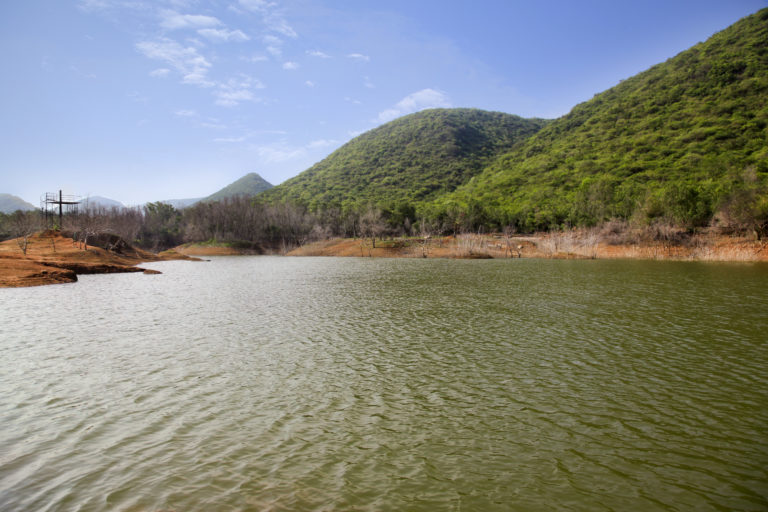It is unfortunately, a grim reality – with an increase in urbanization and population, the demand and consumption of water has risen dramatically in the last decade. It is easy to forget that we are living in an age of crisis as our taps are running, swimming pools are picturesque and water bottles at restaurants and events are abundant and often, free. But water is a finite resource, and is quickly depleting due to unawareness and gross misuse.
Vellore is looking at an acute case of water scarcity owing to inadequate rainfall and the dwindling water level in Kaveripakkam lake, Palar river and other surrounding water bodies. As the population has risen and the summer grows increasingly hot, the demand for water is higher than ever before.
As individuals and a community, it is time for us to do our bit. The good news is that huge impact can begin right in your homes, starting today!
Here are a few simple ways you can conserve this treasure that is vital to our existence:
- Conserve water used on garden maintenance. A large amount of water is spent on our lawns and gardens. In Annie Leonard’s book titled ‘The Story of Stuff’, she estimates water usage on lawn maintenance at roughly 200 gallons per person, per day during the growing season. In some cases, this makes up more than half of residential water use.3So, what can homeowners do? The solution is simple – plant more local, native plants that require much less water and allow the rainwater to seep into the soil. Exotic plants often require different soil conditions and more water than is necessary.
- Adopt the grey-water system. This filters and redirects water from your sink, tub and washing machine to water your plants. This will significantly reduce the consumption of water and even help lower your water bills. Find out more about doing so, in detail, here. Speaking of your washing machine, always run full loads so that you eliminate the need for shorter washes in-between.
- Practise conscious consumption. Did you know that producing the stuff that you use every
- Start harvesting your rainwater. Take advantage of the glorious rain showers by investing in recharge wells and pits that can capture and conserve water.
- Rethink your daily usage of water. Do you really need to wash your car every day? Perhaps you can insert a cistern displacement device in your toilet cistern to save water with each flush? Try using a bucket and mug to bathe instead of a shower? Making small changes like this can go a long way.
At B&B, we try our best to adopt all the above steps. For instance, recycled water from the Sewage Treatment Plant is used to water the lawns. Residents partake in rainwater harvesting regularly. Click hereto find out more.
If you would like to take a step further, you can calculate your water footprint using this interactive website, which will help you measure specific water usage and empower you to take targeted action.
As residents of Vellore, we often marvel at our identity as a city with a waterless river. While the Palar has run dry, let our hopes not wither. Every drop truly matters in our journey to water conservation.
1 World Health Organization & UNICEF, Water for Life: Making it Happen
2 Bergkamp and Sadoff, “Water in a Sustainable Economy’, page 108
3 Cooper, The Lawn Goodbye
4 https://ec.europa.eu/environment/ecoap/about-eco-innovation/good-practices/sweden/315_en





